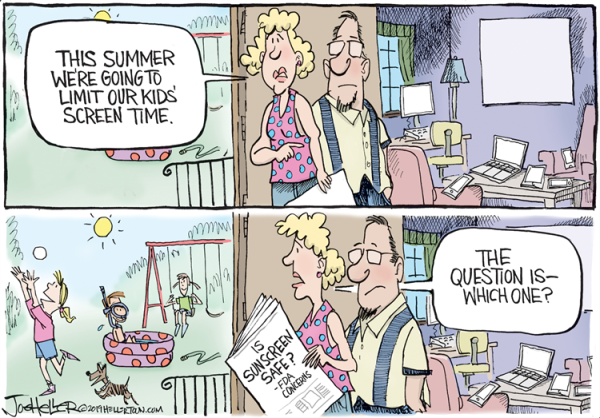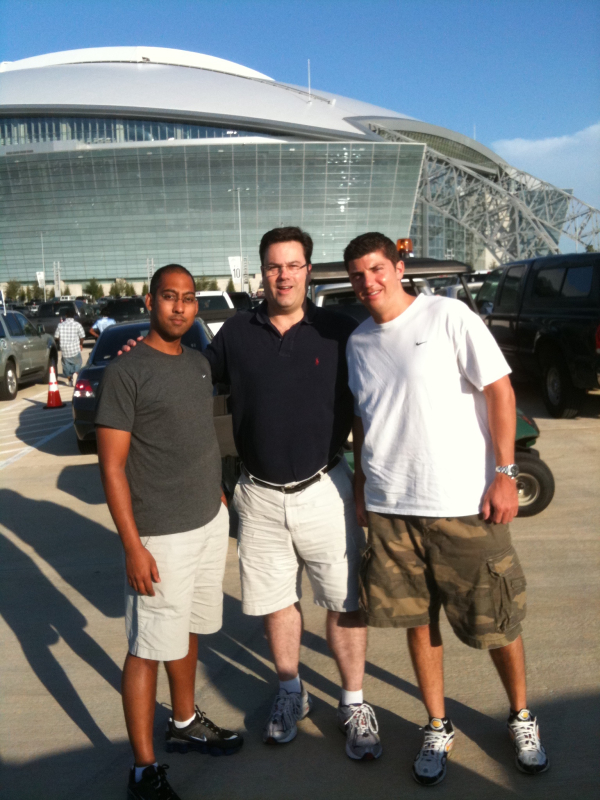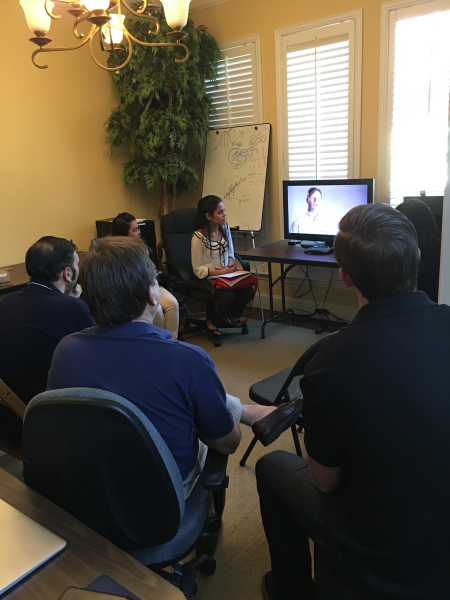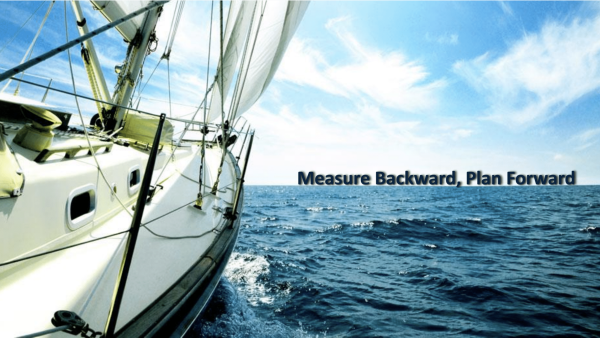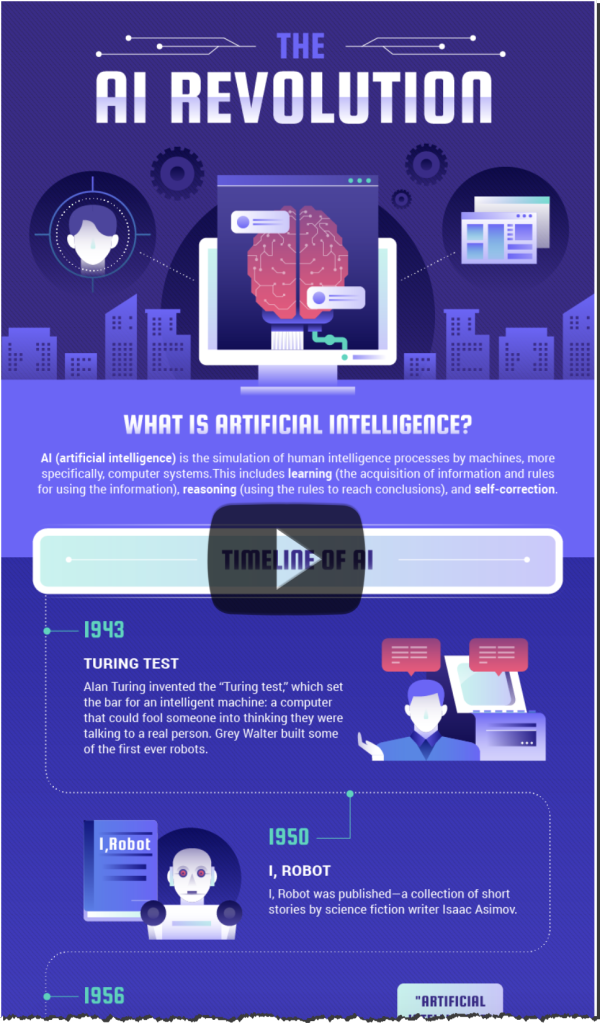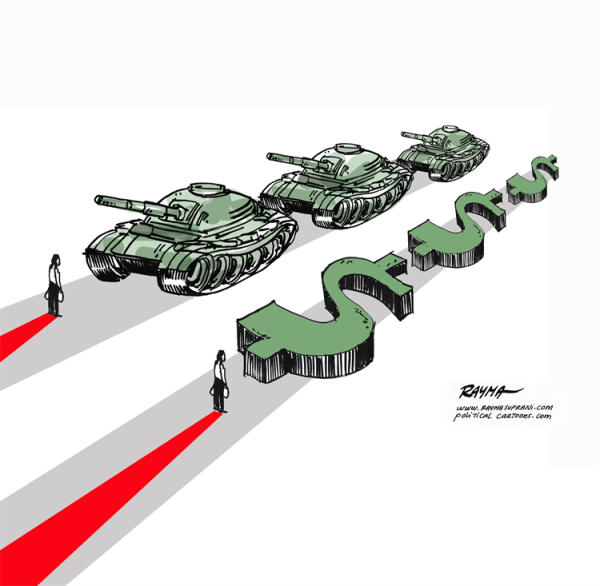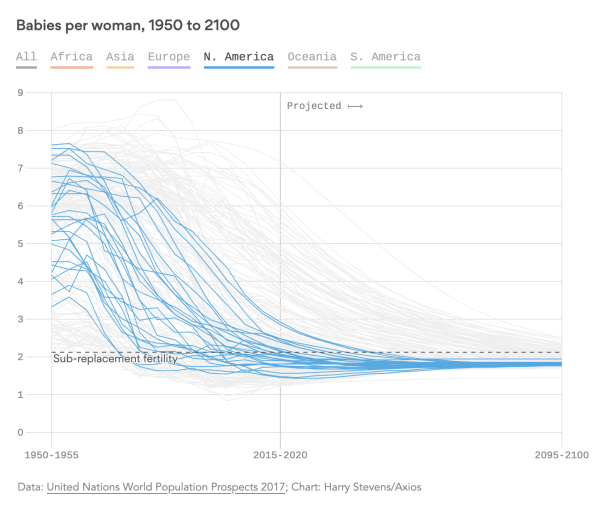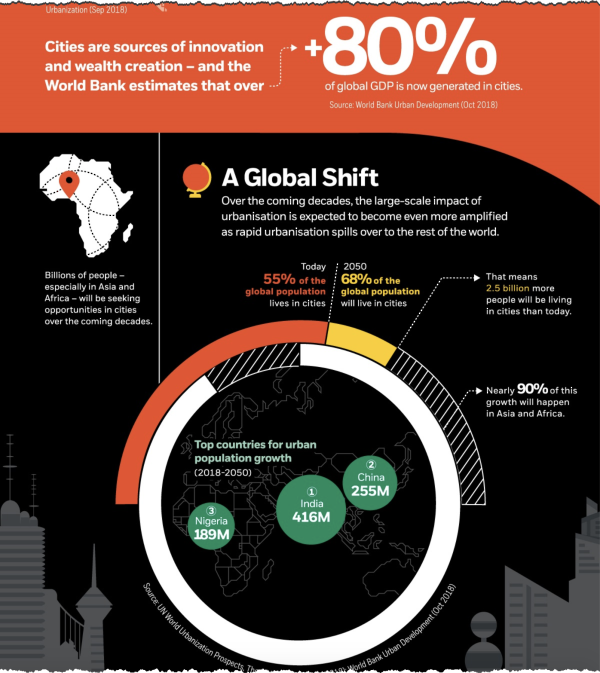 While I was at Camp Kotok, my son found CogX, an AI and emerging technologies conference held in London. They had speakers from academia, governments, and industry to give a more holistic view of AI and emerging technologies.
While I was at Camp Kotok, my son found CogX, an AI and emerging technologies conference held in London. They had speakers from academia, governments, and industry to give a more holistic view of AI and emerging technologies.
They put all their keynotes online, for free.
- 2019: Day 1 Playlist
- 2019: Day 2 Playlist
- 2019: Day 3 Playlist
- 2018: The Cutting Edge Playlist
- 2018: Impact Stage Playlist
- 2018: Blockchain Playlist
- 2018: Research Playlist
He watched a few and sent me his feedback. Here are a couple of his key takeaways, but I encourage you to watch yourself and make your own.
Experts and neophytes alike are making a lot of common mistakes
We recently shared a video on this topic. Myopia is a big issue even with experts. People get distracted by the sea of opportunities and forget to focus on one.
As well, culturally, we get caught up in exciting long-term applications, like self-driving cars, instead of capitalizing on low-hanging fruit.
"Don't confuse a clear vision for a short time horizon"
The key to moving AI to the next level is putting power in the hands of the many
The Googles and the Facebooks of the world are accomplishing a lot – and tackling real problems, but their efficiency is next to nil.
There are also a lot of niche or esoteric problems that they'll likely never attempt. Small businesses have the ability to be much more creative, agile, and risky.
Small business powers economies, and it also powers AI. That being said, smaller companies can learn a lot from the current digital leaders. For example, learning to apply basic AI, instead of complex applications half-finished sitting on a shelf, or, by using AI on supporting aspects of their business instead of jumping straight to overhauling their core business.
We're still very early on in AI's lifecycle
The secret to better AI is in better analysis of better data. The applications are secondary.
Many people are focused to heavily on the vision, without taking into account the steps to get there. Infrastructure and other foundational aspects need to be in place.
We need to scale investment in projects and the information available in industries.
Today's big force functions are Data and Talent. We still haven't ironed out the interaction between humans and AI. As we make that easier, you'll see average people being able to create wonderful things with AI – instead of creation being limited to PhDs.
Eric Daimler, during a roundtable on AI Capital, referenced Jevon's Paradox – the idea that increasing fuel efficiency doesn't decrease fuel consumption, it increases it. He equates this to the current bottlenecks in AI, and where AI will end up. People didn't predict the car, they didn't predict the app store, and they can't predict what the future of AI will look like.
What Does The Future of AI Look Like?
Charles-Edouard Bouée, of Roland Berger, sees a mass evolution of AI coming – with AI being anywhere and everywhere.
China currently has an advantage due to their size, policies, and willingness to leapfrog technologies. As competition increases, future leaders will leverage 6 points:
- Data Availability and Usage – how much data is your country/company tracking?
- Mathematical capabilities – AI is the new name for mathematics
- Investment Power – are companies putting their money where their mouth is?
- Applied Mathematics & Physics – the emphasis is on applied
- Non-Conventional Thinking – are your applications/approaches novel?
- Company Adoption – For countries, are you seeing adoption by the public as well?
The top-tier companies were created in technological waves. During the industrial revolution, leaders were in commodities – Steel, Oil, Railroad. Intel, Cisco, and more were built on the personal computer, the internet, and mobile phones. Apple, Google, and Amazon were built on digital and smartphones.
The next wave is going to be built on AI. It's going to be built on AI becoming ubiquitous and commoditized. AI is at its most powerful when it becomes human-centric, not just problem centric. The transition is in human/AI connection and on building platforms that enable mass-interaction with AI. Once we've accomplished that, we'll see another explosion in AI.
Think about our infatuation with the Internet-Of-Things. As a people, we've become much more experience-centric than product-centric. You've also seen it in VR/AR – and especially with millennials.
What are your thoughts?


